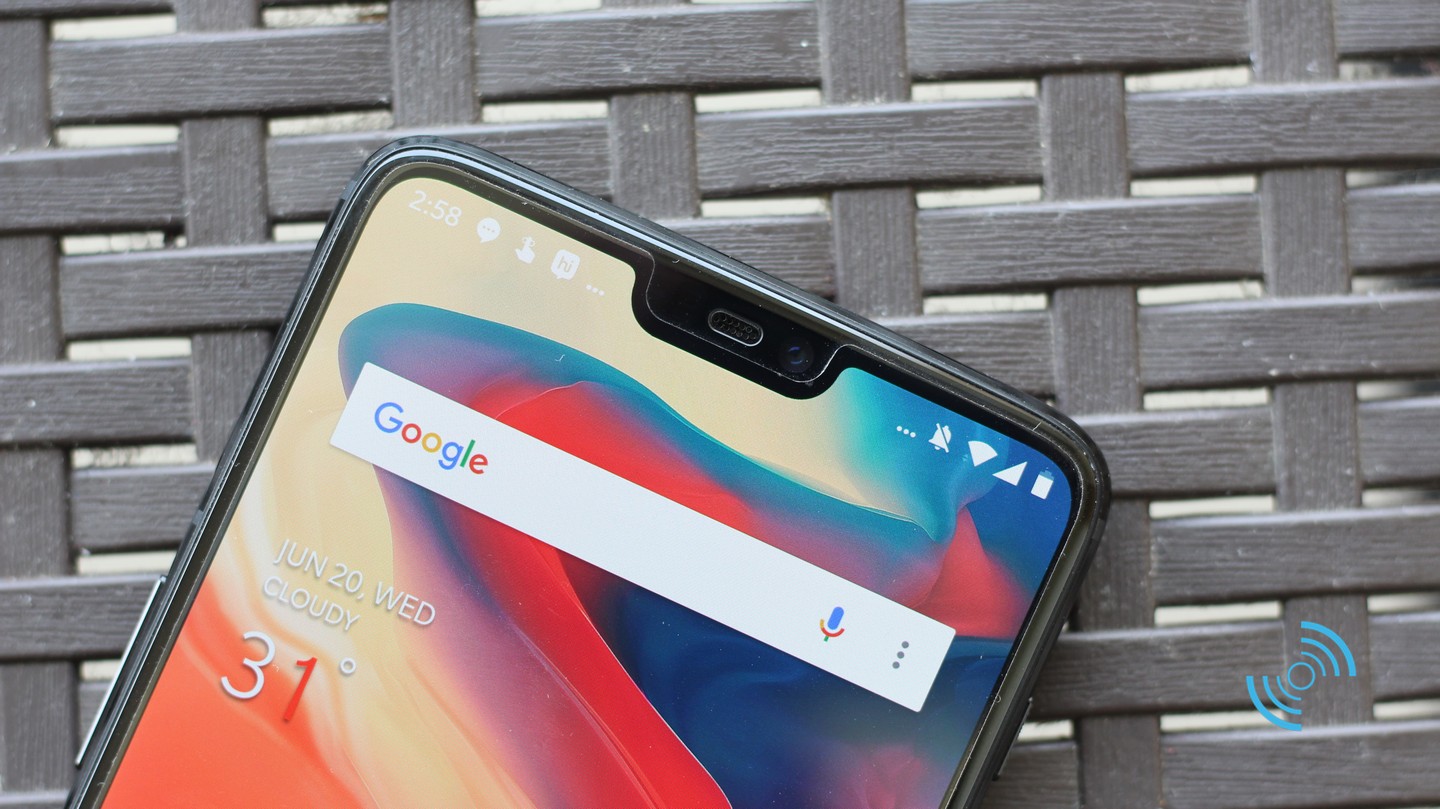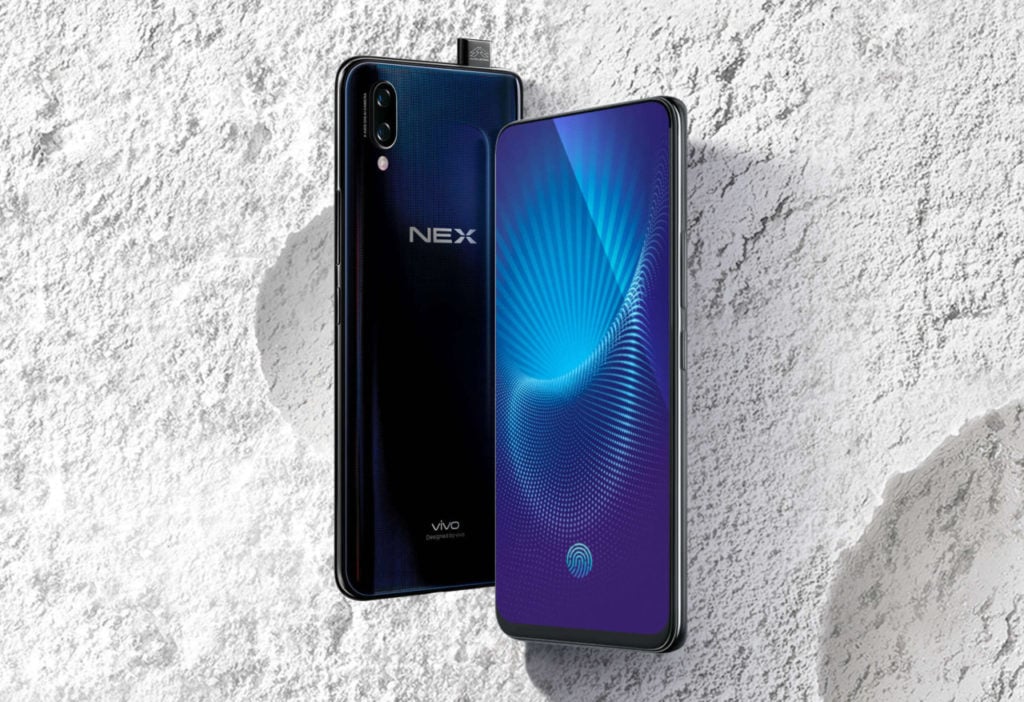We have to come to a stage where smartphone users are split into two groups: those who hate the notch and those who don’t mind it. I still haven’t come across someone who said he or she was a big fan of the notch design, but I’m sure there are people who love the notch design too.
But why are smartphone companies obsessed with this infamous notch? Despite the strong criticism, more and more smartphones are shipping with the notch design and the numbers are only going to increase in the coming months.
If you are thinking that mechanical sliders from OPPO and Vivo phones are going to replace the notch in the long run, think again. For reasons that I’ll mention down below, I doubt mechanical sliders are the future. They are cool without doubt, but may not be something that you would like to see on a smartphone and here’s why.
Before I start rambling about what’s wrong with mechanical camera sliders, I would have to clear this one thing: I find them really cool and futuristic. Yes, they look futuristic but they are likely not going to be on your future smartphones.
I would have to agree that OPPO and Vivo have really wowed us this year. They have managed to do what even the big conglomerates like Samsung, Apple, and Sony couldn’t do. At an age where smartphone design innovation has become more or less stagnant, OPPO’s Find X and Vivo’s Nex models have refreshed our imaginations.
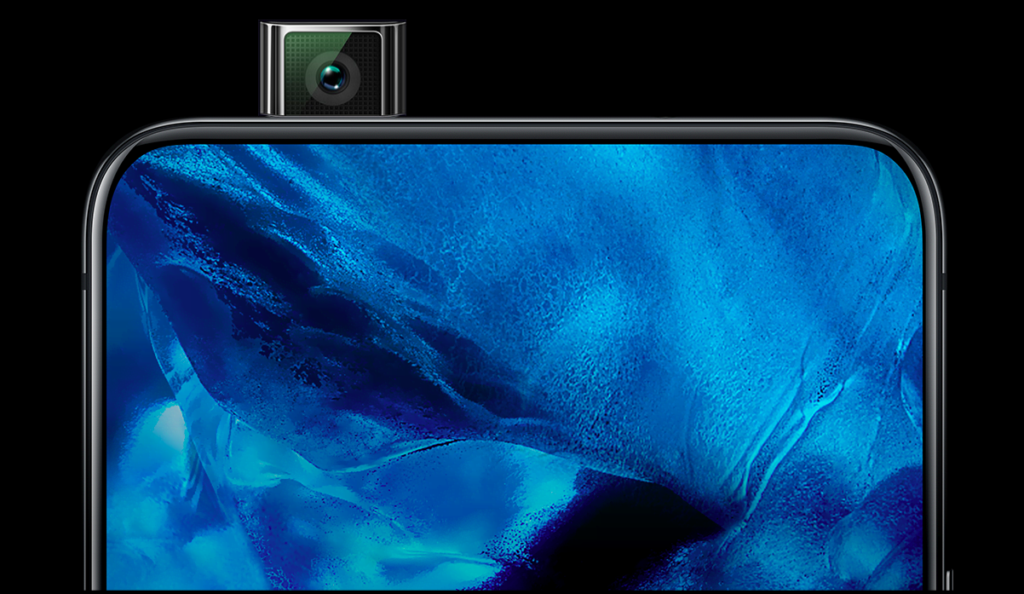
Who would have thought sliding cameras were the future and we would see it on flagships in 2018? But our obsession with full screen displays really necessitated something like this. And both OPPO and Vivo have managed to implement this design pretty well. After all, how cool is it to see your smartphone automatically pop up the camera and put it back in, all within a second or two. The overall process is seamless and credit has to be given where its due! Well done OPPO!
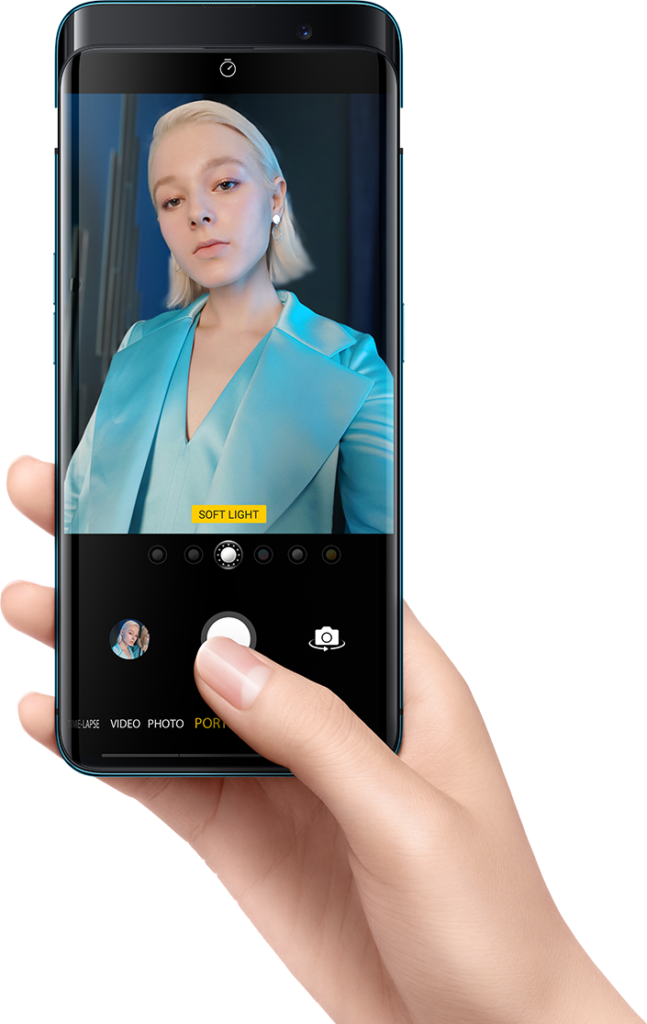
A sliding camera that pops up automatically and goes back in seamlessly looks really, really cool and it’s something that you would love to showcase it among your friends. But is it really better than the notch?
I think not.
First let’s see what sliding cameras bring to the table.
- An amazing and beautiful full screen display on the front.
- A cool and futuristic looking unique design.
Now, let’s see what it takes away from the phone. It’s much more than you can imagine.
Durability:
What are the chances that your camera breaks off from your phone? Wait, you didn’t think this was a possible scenario right? If you think the chances are rare, think again! Just think how many times has your smartphone almost slipped off your hands while using the camera. I consider myself to have pretty sturdy hands but even I have managed to drop all of my smartphones at least a couple of times during my usage.
Not only that, a moving part is always going to be less durable and that’s a fact. Considering how we are using our smartphones nearly 10-12 hours a day at least, we want our smartphones to be sturdier and less susceptible to any kind of damage. Heck, recent smartphones are even waterproof / water resistant, even when the possibility of water ruining our phones are quite rare. So, we like to be safe right? But with a sliding camera, it looks like we are going a step behind.
Not to mention the possibility of dust accumulating in the sliding component. Remember, these are all automatically controlled by software, so what happens when the slider stops working for some reason? Do we stop using the camera?
Now I know that both OPPO and Vivo must have really tested their sliding components for durability. They must have considered a lot of scenarios and I’m sure these designs have passed their stress test. The sliders worked pretty well in the units that were sent for review, but when you mass produce the same designs, we’ll have to wait and see what issues crop up with these sliders. I’m not expecting manufacturing defects in general, but there are a lot of factors at play with a sliding component, and we’ll have to wait and see how durable they in your everyday usage.
Battery Life:
Any added motorised component puts a strain on your battery. And in case of smartphones, saving juice is of utmost importance. But with a motorised sliding camera, we’ll have to see how their batteries perform. Specifically for the OPPO Find X, which has to slide up the camera housing anytime you want to unlock your phone and when it could be as much as hundreds of times in a day, it must really take a toll on the battery life. Unlike the Vivo Nex, the housing is pretty big on the Find X, so battery life is something that we’ll have to keep a close eye about the device. To make matters worse, there’s no fingerprint sensor (Vivo Nex has an in display sensor), so Face Recognition is a must for unlocking the device! Every single time you unlock you phone, there camera housing has to pop and go back in again.
Camera Sensor:
Sliding cameras are cool, but can they really keep up with the huge sensors on phones like the Huawei P20 Pro or the Galaxy S9+?
The internals of a smartphone have to be really optimised to make sure you can cram in the best components without taking too much space. For example, it isn’t the case that we don’t have sensors that can take DSLR like photos on a smartphone too. But they come at a cost — these sensors are large and would take up a lot of space inside, which isn’t practically optimum. This is the same reason why we don’t have gigantic 5000mAh battery on every phone out there (well, we do have a few but they are basically phones that focus on maximising battery life and not really flagships).
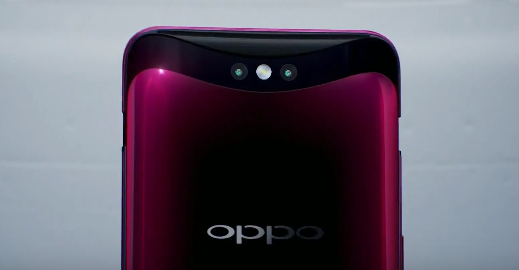
With a motorised sliding component in the picture, the already tight space inside a smartphone gets even more cramped. This means smartphone manufacturers have to make room by cutting out somewhere to ensure everything fits in this tight space. Now you know why we have protruding cameras… But with the Vivo Nex or the OPPO Find X, the camera sensors cannot be too large, at least not as large as the competition. So, it remains to be seen how the cameras on these sliding components perform in day to day usage, especially in comparison to other premium flagships. On paper, the camera setup on the Find X looks pretty good, but we know specs are just a small part of the equation. Only real life camera samples will show us the real camera prowess.
So, it really boils down to what you are willing to give up for a full screen design. OPPO Find X and Vivo Nex have revolutionary smartphone designs but they are not without their own set of flaws. For a full screen display, you might have to sacrifice on a few essential areas like battery life, camera quality and even durability. Personally, despite being a big fan of the Find X’s design, I would prefer a display with thin bezels but with an amazing camera, long battery, and most of all, durability. If I am going to shell out nearly y$600 or more on a phone, I would want to keep the phone around for a few months at least. Considering how this design makes it really hard to add a case to the phone, it further increases my scepticism of its durability.
All this being said, I would have to conclude by saying that OPPO Find X and Vivo Nex takes our dream of having full screen smartphones a lot further. Once you get used to seeing full screen design on smartphones, it’s only a matter of time until other manufacturers really work hard to get this design right!
But we are not there yet. We still have a long way to go to get the right full screen design but until then, I would prefer a notch over a motorised pop up camera slider on my smartphone for the above mentioned reasons.
What’s your take?

